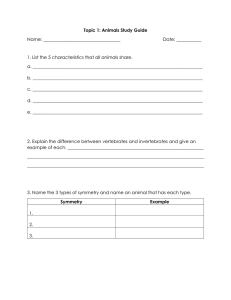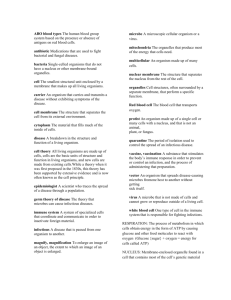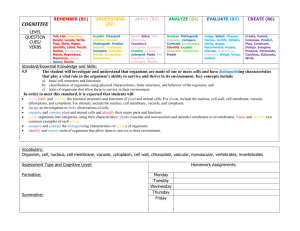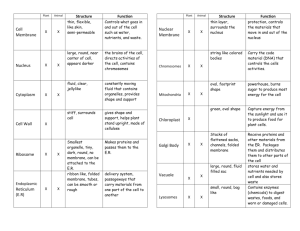Unit Three vocabulary Flip Chart
advertisement
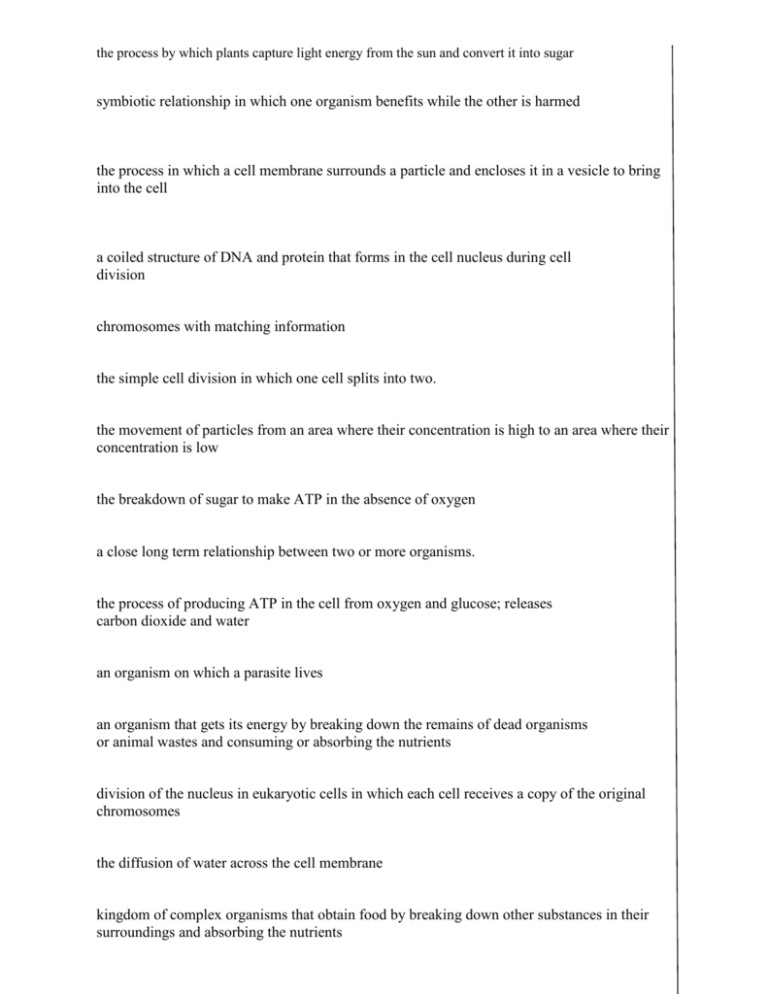
the process by which plants capture light energy from the sun and convert it into sugar symbiotic relationship in which one organism benefits while the other is harmed the process in which a cell membrane surrounds a particle and encloses it in a vesicle to bring into the cell a coiled structure of DNA and protein that forms in the cell nucleus during cell division chromosomes with matching information the simple cell division in which one cell splits into two. the movement of particles from an area where their concentration is high to an area where their concentration is low the breakdown of sugar to make ATP in the absence of oxygen a close long term relationship between two or more organisms. the process of producing ATP in the cell from oxygen and glucose; releases carbon dioxide and water an organism on which a parasite lives an organism that gets its energy by breaking down the remains of dead organisms or animal wastes and consuming or absorbing the nutrients division of the nucleus in eukaryotic cells in which each cell receives a copy of the original chromosomes the diffusion of water across the cell membrane kingdom of complex organisms that obtain food by breaking down other substances in their surroundings and absorbing the nutrients Photosynthesis Parasitism Endocytosis Unit 3 Vocabulary Flip Chart Chromosome Homologous Chromosomes Binary Fission Diffusion Fermentation Symbiosis Cellular Respiration Host Decomposer Mitosis Osmosis Kingdom Fungi

